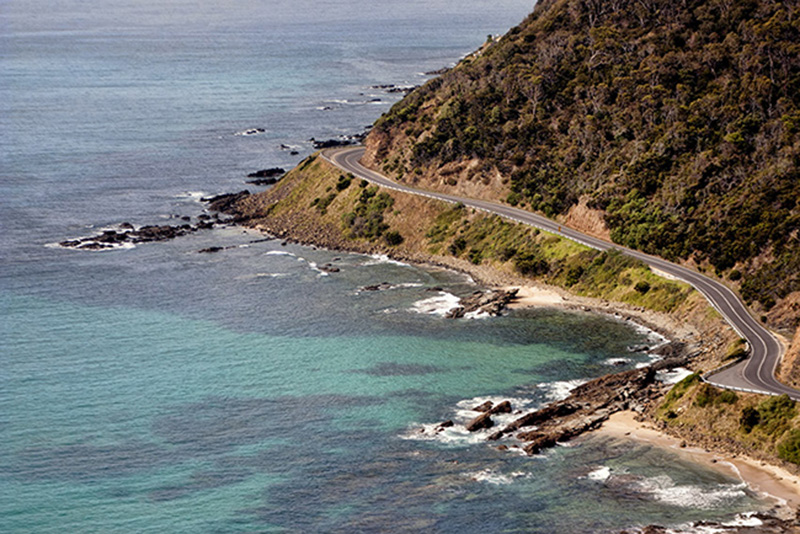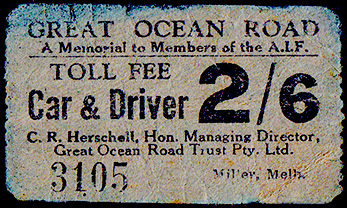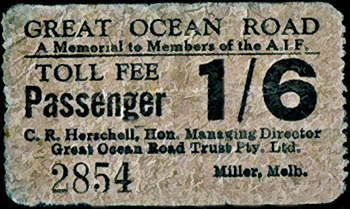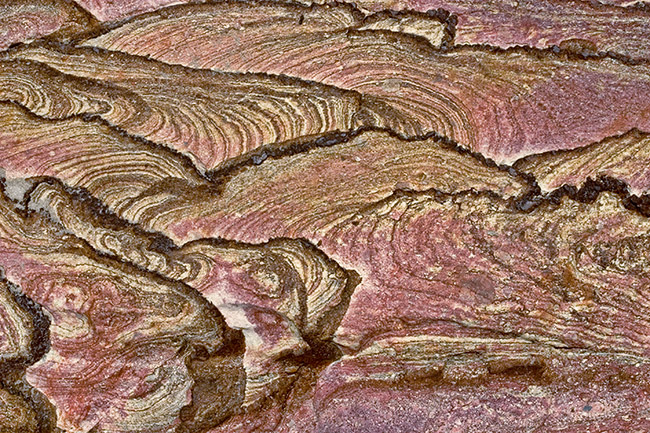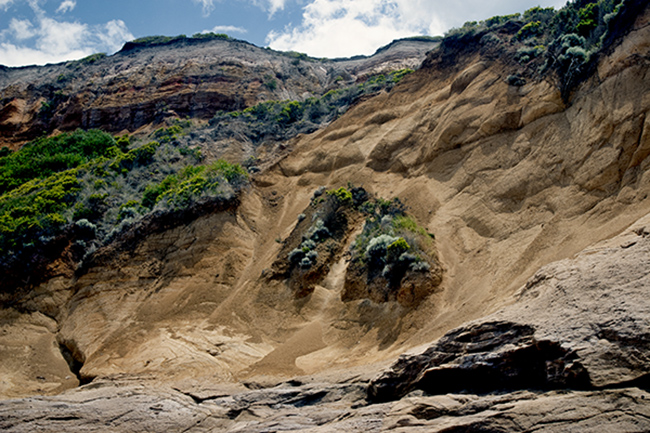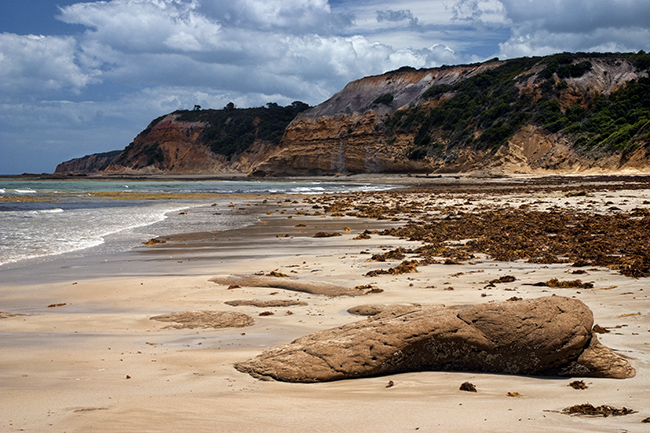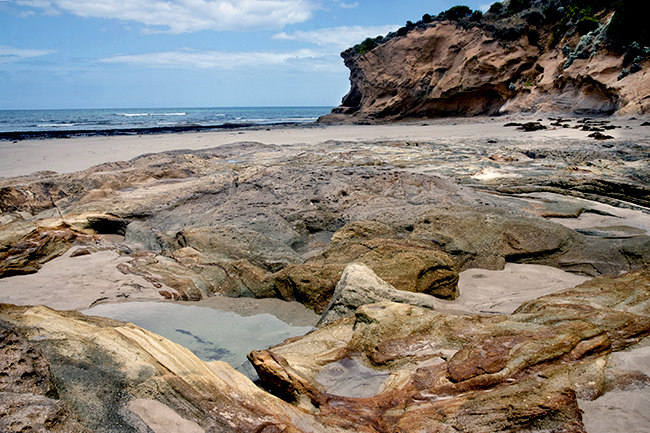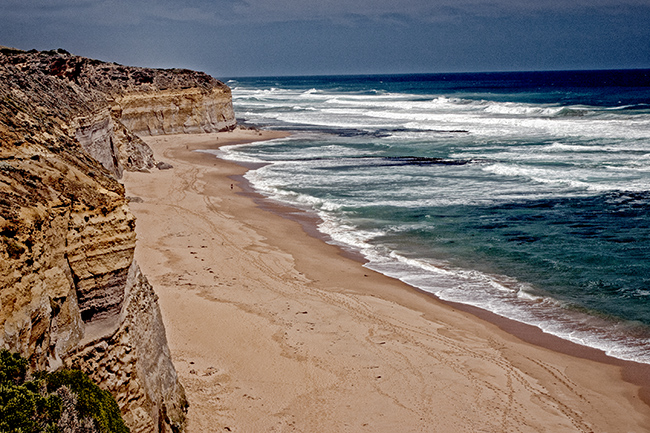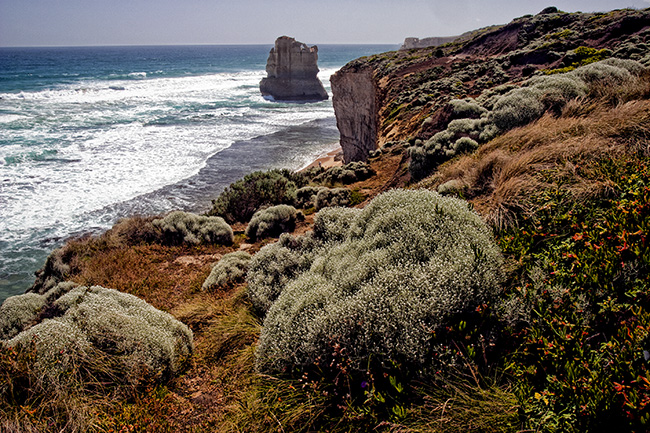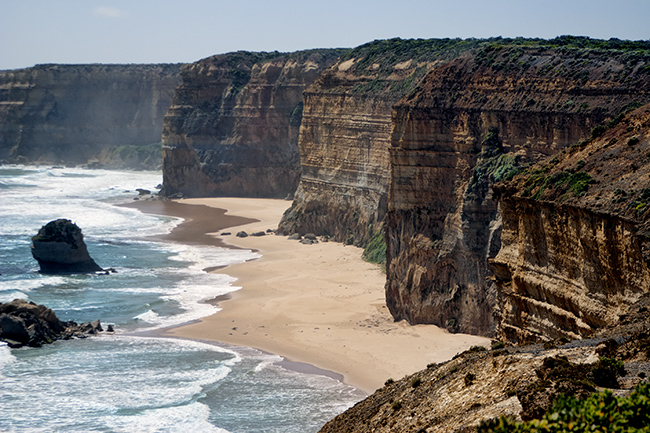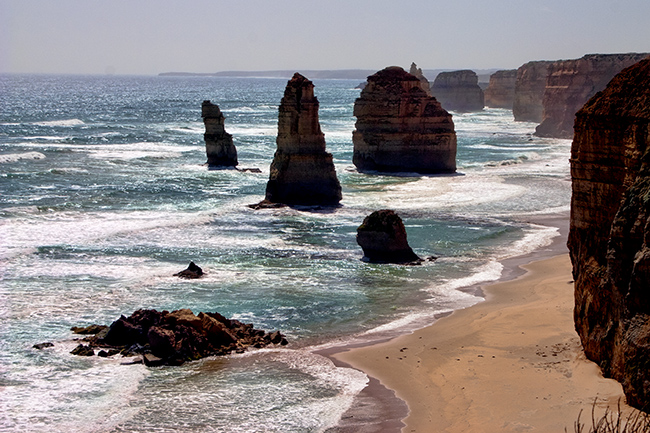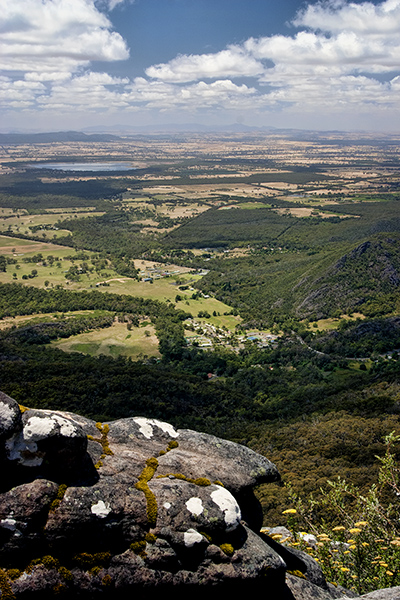| A magnificent
achievement
Alderman
Howard Hitchcock
Gelong's Mayor was a prime mover in the creation of
the Great Ocean Road, forming a trust to raise funds
A man for his times he had recognised the need to
provide work for returning WW1 servicemen, to acknowledge their service
and to memorialise those who did not come home
The canny mayor also realised the power of the
coastline and surrounding areas of outstanding natural beauty to attract
tourists. In Geelong he is still considered 'The Father of the
Road'
Sadly Hitchcock died of heart failure on August 22nd
1932, before the road was completed, though his car was driven behind
the governor's in the procession along the road during the opening
ceremony on November 25th 1932 |
